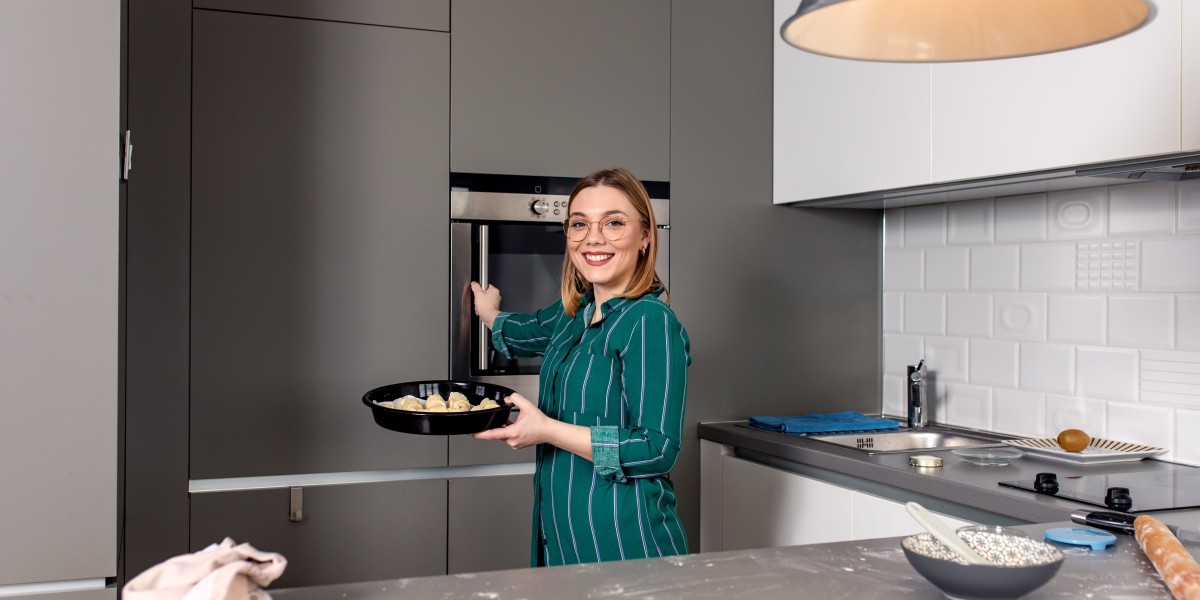The Modern Kitchen: A Guide to Built-In Ovens and Hobs
In today's fast-paced world, where cooking has actually become an imaginative outlet and a crucial part of life, having the best kitchen appliances is vital. Amongst these, built-in ovens and hobs stand apart as favorites in contemporary cooking areas. This post aims to explore these appliances in depth, discussing their advantages, types, setup choices, and necessary ideas for choosing the very best models for your kitchen.
Comprehending Built-In Ovens and Hobs
What are Built-In Ovens?
A built-in oven is a device that is created to fit seamlessly into cabinetry, supplying a tidy aesthetic in the kitchen. They vary from freestanding ovens and are known for their adaptability, offered in different sizes and functionalities. Built-in ovens can be electric, gas, or even steam ovens, making them ideal for different cooking designs.
What are Hobs?
Hobs, likewise understood as cooktops, are the flat cooking surface areas typically located on the countertop. Like ovens built in, hobs can be found in many kinds, including gas, electric, induction, and even integrated designs. Their compact nature allows for versatility in kitchen designs and styles.
Table 1: Comparison of Built-In Ovens and Hobs
| Function | Built-In Oven | Hob |
|---|---|---|
| Installation Type | Integrated into kitchen cabinets | Set up on countertop |
| Cooking Methods | Baking, roasting, steaming | Boiling, frying, sautéing |
| Types | Single, double, combination | Gas, electric, induction |
| Looks | Modern, smooth designs | Numerous finishes available |
| Control | Digital shows, manual | Knob or touch control |
| Cost Range | Mid to high-range | Wide, depending upon type |
Benefits of Built-In Ovens and Hobs
Visual Appeal
Built-in ovens and hobs contribute considerably to a structured look in modern-day cooking areas. Their combination into cabinetry permits a clean and expert finish that matches any kitchen design.
Space-Saving Design
Among the critical benefits of built-in ovens and hobs is their space-saving design. As they are fitted directly into cabinetry, they release up important counter space, making the kitchen feel bigger and more arranged.
Adaptability in Cooking Methods
Built-in ovens featured numerous cooking functions, such as convection, barbecuing, and self-cleaning choices. Similarly, hobs provide diverse cooking methods, consisting of quick boiling with induction technology or the standard flame of gas hobs. This adaptability permits home cooks to try out a vast array of cooking methods.
Enhanced Safety Features
Numerous contemporary built-in hobs and ovens come with sophisticated security functions, such as automatic shut-off, cool-touch doors, and kid locks. These features improve security, particularly in homes with children.
Choosing the Right Built-In Oven and Hob
Choosing the ideal built-in oven and hob for your kitchen includes a number of considerations:
Factors to Consider
- Kitchen Layout: Understand the circulation and style of your space to choose appliances that fit your style.
- Cooking Habits: Are you a casual cook, or do you prepare intricate meals? Comprehending your cooking needs will guide your choice.
- Budget: Building a spending plan will assist limit your choices without spending beyond your means.
- Utilities Available: Check if you have access to gas lines for a gas hob or if you choose Cookology 72L Electric Oven & Microwave Combo alternatives.
- Energy Efficiency: Look for energy-efficient models that can save on electrical energy or gas expenses with time.
Types of Built-In Ovens and Hobs
Built-In Ovens
- Single Ovens: Ideal for smaller sized kitchen areas or casual cooks.
- Double Ovens: Great for those who typically entertain or prepare numerous meals all at once.
- Mix Ovens: Feature both conventional and microwave functionalities.
Hobs
- Gas Hobs: Perfect for those who choose the control of open flames.
- Electric Hobs: Common and simple to utilize, however might take longer to warm up.
- Induction Hobs: Quick heating and energy-efficient, however need compatible cookware.
FAQ Section
Q1: Are built in electric oven and hob-in ovens more costly than freestanding ovens?A1: Generally, built-in ovens are more expensive due to their style and installation requirements. Nevertheless, the cost can vary based upon features and brand names. Q2: Can I install a built-in oven myself?A2: While DIY installation is possible, it is advised to employ an expert for gas and electrical connections to guarantee safety and compliance with regional codes. Q3: What upkeep do built-in ovens and hobs require?A3: Regular cleansing is necessary. Hobs might require occasionaldescaling, and ovens can benefit from self-cleaning features if If you value exact temperature level control, gas might be the Try to find those with high scores to conserve on energy costs. In summary, built-in inbuilt ovens and hobs are necessary components of an elegant and practical modern kitchen. Their range, security features, and visual appeal make them an attractive option for house owners and striving chefs alike. By carefully considering your cooking routines, kitchen layout, and style choices, you can select the ideal Beko 99L Built-In Double Oven - Stainless Steel appliances that boost your cooking experience and change your kitchen into a culinary haven. The financial investment in these appliances not just adds value to your home however also elevates your cooking to brand-new heights.
readily available. Q4: How do I select between gas and electric hobs?A4: Consider your cooking choices, available energy connections, and safety functions.
ideal option. For fast heating, electric or induction could be better. Q5: What are the energy efficiency rankings of built-in inbuilt ovens and hobs?A5: Most modern-day built-in ovens and hobs featured energy ratings, similar to other appliances.








